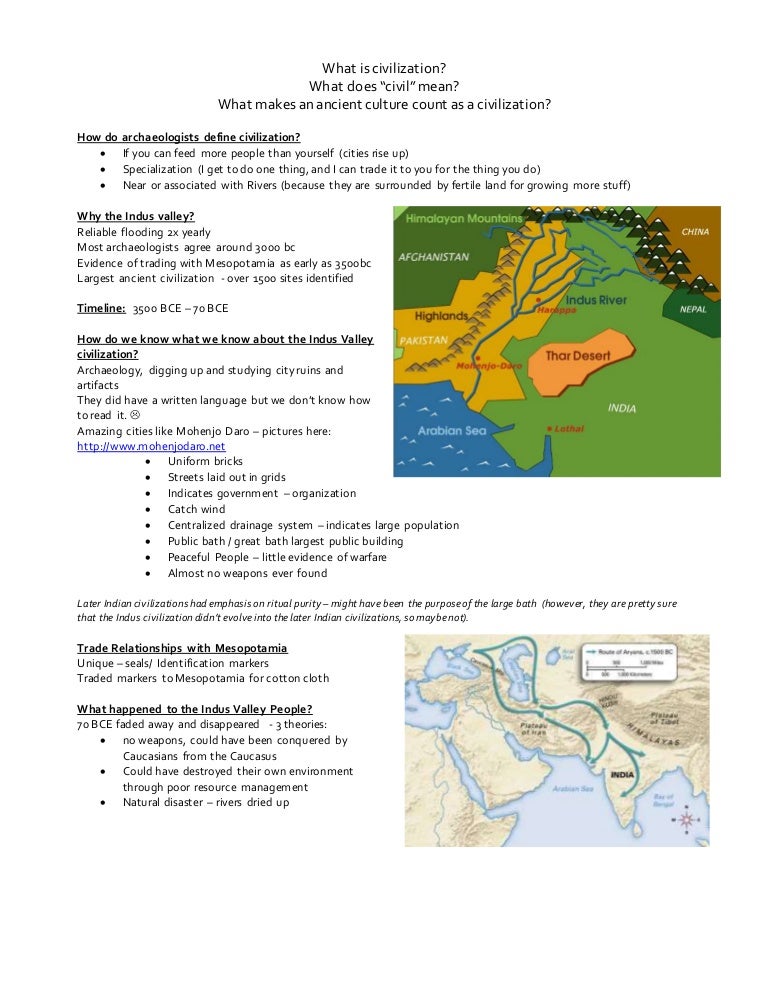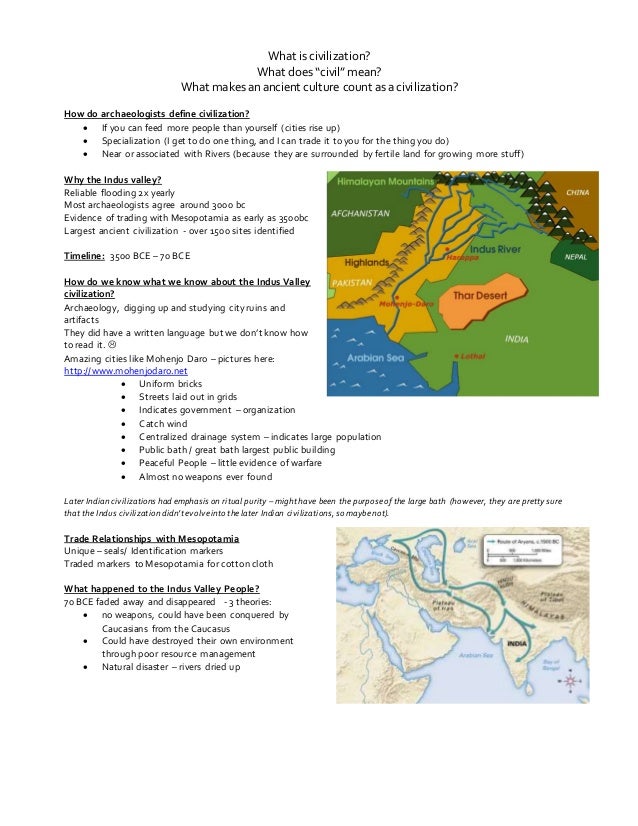The Indus Valley Civilization was one of the oldest civilizations in the world. It was located in the northwestern region of the Indian subcontinent and is also known as the Harappan Civilization. It flourished from around 2600 BCE to 1900 BCE, and was one of the three early civilizations of the Old World, alongside Ancient Egypt and Mesopotamia.

Geography
The Indus Valley Civilization was spread across an area of around 1.2 million square kilometers. It covered parts of present-day Pakistan, India, and Afghanistan. The civilization was located around the Indus River and its tributaries, which provided the necessary water for irrigation and agriculture.
Society and Culture
The Indus Valley Civilization was a highly advanced society. It had a well-organized and centralized government, with a system of law and order. The society was divided into different classes, including rulers, priests, merchants, and farmers.

The civilization also had a rich culture, with evidence of art, music, and dance. They were skilled in pottery, metallurgy, and trade. They also had a system of writing, known as the Indus script, which has not been fully deciphered yet.
Architecture
The Indus Valley Civilization had a unique and impressive architectural style. The cities were built on a grid pattern, with streets and buildings laid out in a precise manner. The buildings were made of baked bricks, with impressive drainage systems and public baths.

Religion
The religion of the Indus Valley Civilization is not fully known, as there is no written record of it. However, there is evidence of a belief in a mother goddess, as well as the worship of animals such as bulls and elephants. They also had a reverence for the sun and the moon.

Decline
The Indus Valley Civilization declined around 1900 BCE, for reasons that are not fully known. Some theories suggest that changes in the climate, such as a drought, led to a decline in agriculture, while others suggest that invasion by outside forces led to the downfall of the civilization.

Legacy
The Indus Valley Civilization has left a lasting impact on the world. Its advanced society and culture influenced the development of later civilizations in the Indian subcontinent. The grid pattern of its cities has also influenced modern urban planning.

Conclusion
The Indus Valley Civilization was an impressive and advanced society that flourished in the Indian subcontinent thousands of years ago. Its legacy can still be seen today in the architecture and urban planning of modern cities, as well as in the culture of the region.